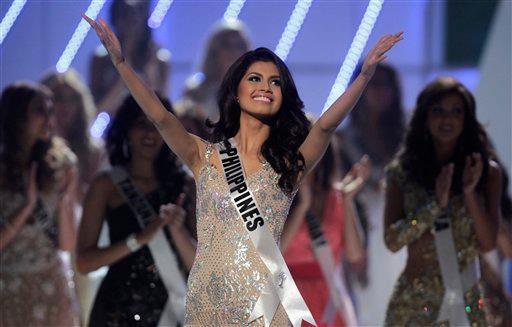My very first full musical was Evita – the watered-down version with Madonna, not the full-on Patti Lupone tour de force. I watched it with my mother; I was in the 6th grade. It was shock to me. I knew there would be songs since I’d seen some videos (Don’t Cry for Me Argentina and Buenos Aires and Another Suitcase) on MTV. But I was not prepared for the entire film – my thoughts were: “Mommy, why won’t they stop singing?!”
Needless to say, I was hooked.
Also, that was my first exposure to the music of Andrew Lloyd Webber. My second musical was The Phantom of the Opera, which incidentally lead me to discovering operas. There are many reasons to love this musical – the songs are haunting and beautiful, the setting is almost magical, and it has the right amount of humor in it (Carlotta the Prima Donna). Plus it has Sarah Brightman. So when I went to New York in 2000, I saw the musical on Broadway, and I was amazed. We were seated in the first box, and it took all of my restraint not to jump down onto the stage and start singing. And my mother was there to keep me in check, too.
When the film came out, I thought, yey! Then I saw the film, then I thought “What were they thinking?” It was even more watered-down than the Evita film – at least that was still able to retain its musical integrity. The singing in the film was atrocious – and this was supposed to be ALW’s most operatic music. The production was nice though. How can you say no to Gerard Butler?
So when I read that ALW was coming up with a sequel to the Phantom, I kind of knew it would be pretty bad. And it is. I’m currently re-listening to the entire album, just to make sure that my first opinions were right. And they were. Terrible music. Predictable plot.
SPOILERS!
10 years after the events at the Paris Opera Populaire, the Phantom has migrated to Manhattan – to Coney Island. He’s set up a freakshow with Madame Giry and Meg, both of whom have apparently gone totally insane. And now Meg pins for the Phantom’s affections. The Phantom is in a creative rut, so he lures Christine, now Madame de Chagny, and her family to Coney Island. From the songs, we learn that Raoul has developed a gambling problem, hates his kid, Gustave, and Christine supports the family by singing. Blah blah blah, ending: Gustave turns out to be the Phantom’s son, and in a confrontation, Raoul tries to shoot the Phantom, but ends up killing Christine instead.
Apparently love never dies, but people do.
There are some instances of beauty though. I like Gustave’s Beautiful, the duet between Christine and the Phantom, and the quartet with Gustave, Raoul, the Phantom, and Madame Giry. Then again, I’ve always loved ensembles and boy sopranos.
But the one true saving grace of the musical is its title number, Love Never Dies, which I first heard in its original sung by soprano Kiri Te Kanawa.
These gems, of course, are all lost in the kitsch and clutter and vaudeville-ish music of the rest of the musical. Try this and see if you can stand it. And the misplaced rock number, Beauty Underneath, saved only by Gustave’s beautiful musical counterpoint. Blech.
And the cast is kind of meh. Sierra Boggess makes a decent Christine, but Ramin Karimloo, gorgeous and beautiful as he is, is a flat Phantom. Duller still is Joseph Millson’s Raoul. And what is with Madame Giry (Liz Robertson) sounding like a total drag queen, and Meg Giry (Summer Strallen) sounding like the Little Mermaid?
So as far as Andrew Lloyd Webber musicals are concerned this one falls really flat. ALW may be losing his touch – no more Sunset Boulevard or Evita or The Phantom of the Opera. If I may quote David Foil as he describes Giacomo Meyerbeer’s conceptions of grand opera pre-Verdi, “Meyerbeer’s pleasant melodies and his taste for bombast can sound mindless and empty. Both he and his operas were overwhelmingly popular yet derided by sophisticated observers, much in the same way Andrew Lloyd Webber musicals are today.”
Mindless and empty. Couldn’t have said it better myself.








